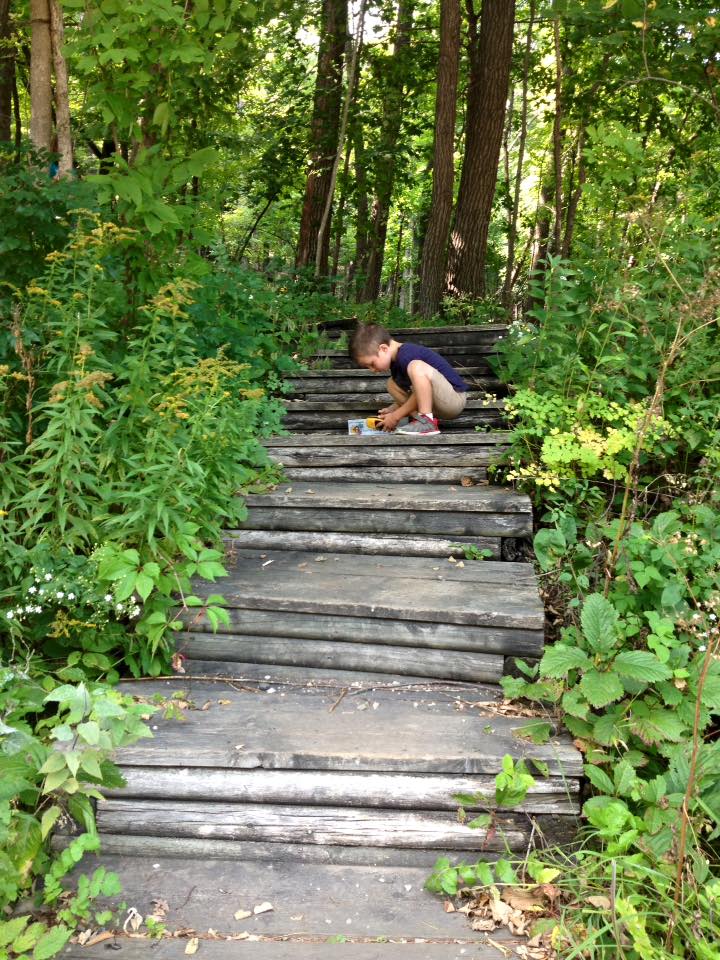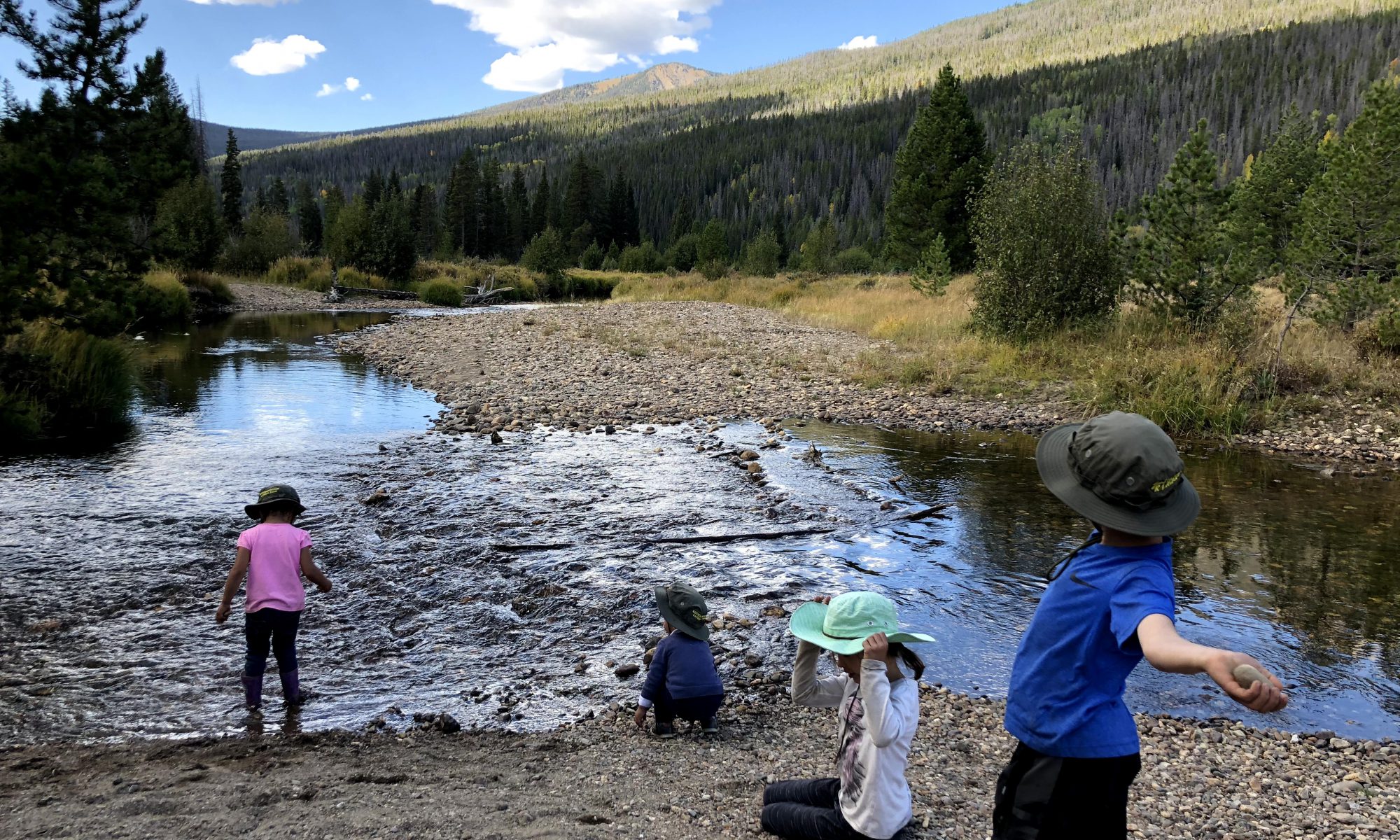Prerequisite: Read Ella Enchanted by Gail Carson Levine
Hello and welcome! We’re so glad you are with us! This writing course is inspired by Gail Carson Levine, the Newberry Honor author of ‘Ella Enchanted’. We’ll be using her book entitled ‘Writing Magic’ to learn from her how to find our voice in writing fiction. I’m a firm believer that the best teachers are those who are successful in their field. Let’s go to the source and find out what being a writer is all about!

The goal of this class is not to reach a polished, perfected fictional story we create by the end; but to let go, make mistakes, and find out who we are as writers. You can exhale, as we will not be holding up a magnifying glass to any spelling or grammatical errors. I want you to just write! Uninhibited! We all have different experiences, ideas, and things to say. If you can’t yet make that pesky pencil keep up with the thoughts you have, I encourage you to have your parent do the writing as you release those words bursting inside of you.
Each lesson will include an instructional video for you to watch, as well as a post including any writing activities or additional notes. The writing activities are suggestions, if you feel moved to take your writing in another direction, by all means do! You may also choose to spend more time on some than others. It is perfectly ok to be selective in what writing assignments you do. You should however, always be writing, even if you think what you’re writing is “junk.” We’ll talk more about that in the class.
Each session will also include a “Brain Break.” These are intended to be used when you find yourself distracted, fidgeting, frustrated, or needing that extra burst of energy. They are meant to help give you the boost you need to be able to focus. Your parent can help you implement them and they are great to use even outside of our time together. Each brain break is meant to target a different part of the brain: the brainstem, midbrain, and limbic system, with the intention of firing up our cortex! Ask your parents about these.
Psst… Parents… here is your answer.
The brainstem controls our most basic functions. For example: breathing and body temperature. We want to target this area of the brain for a brain break when we notice a child struggling with distraction and being withdrawn.
The midbrain is mostly in charge of our movement. We want to target this area of the brain for a brain break if we notice handwriting changes, a child can’t help but move around the room, and like in the brainstem, a child is distracted or withdrawn.
The limbic system is our emotional and relational center. We want to target this area of the brain for a brain break if a child seems moody or is struggling in their relations with others.
Then there is the cortex! This is what we are aiming to reach when we are learning. It’s that magical place where thinking happens!
Parents, if you are interested in learning more about “Brain Breaks,” check out Joshua MacNeill’s book, ‘101 Brain Breaks & Brain Based Educational Activities.’ I will be utilizing his book and research with incorporating breaks into our learning sessions.
You will have the opportunity to comment on my posts. I want you to use this as a way to ask questions, brainstorm with other students, and share what you create as you feel comfortable. A parent can help you with this as needed. Sharing your writing may mean posting an attachment or link to your word document, posting a photo, or even uploading your own video of you reading your writing. I encourage you to be active with your classmates here. This is a safe place to share and all students are required to be respectful of one another. Writing is personal! We’re here to support and encourage each other as we grow into our voice. I will be reviewing comments prior to having them published to the site.
Most of this course will be online, but we will have occasional meetups where we can truly connect with our fellow writers. Please stay tuned for more details regarding this.
Please Note: Normally in a class such as this, you’d expect to keep a writing notebook and a pencil on hand. Although these are great tools, you do not need to be limited by this! My kids have loved doing writing assignments on the windows using glass safe markers, on the whiteboard, in the driveway with chalk, on letter paper, or using gel pens. You can get creative! You are always welcome to illustrate your writing as well. If you choose a more temporary form of writing, be sure to take a picture of it or have a parent help you write it down/type it up so you can look back on it.
Lessons
Be sure to log in to view the following lessons. Note: we will need to manually approve your new account before you’ll be able to view the lessons.

